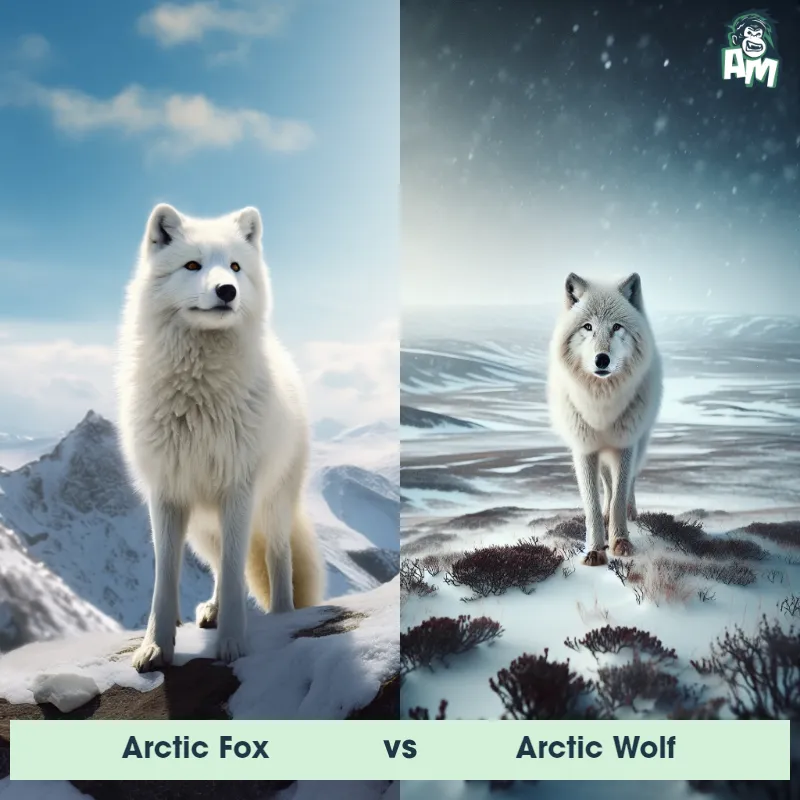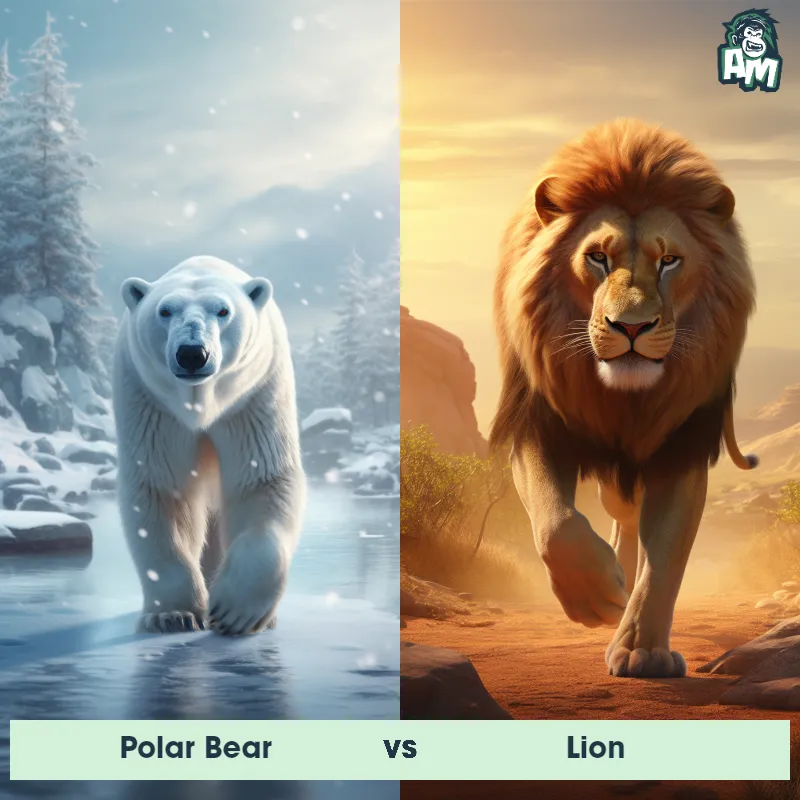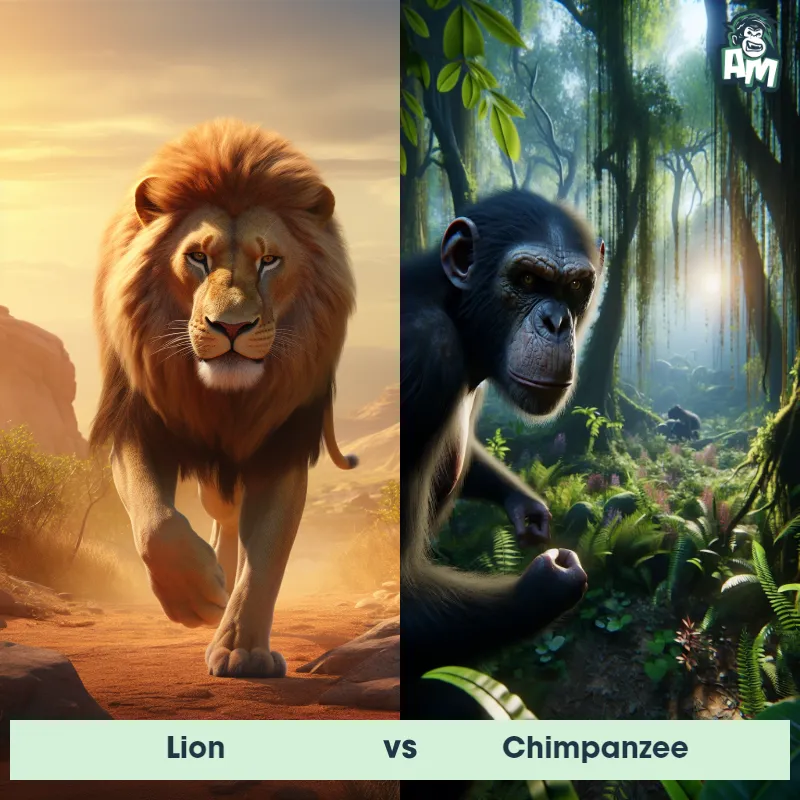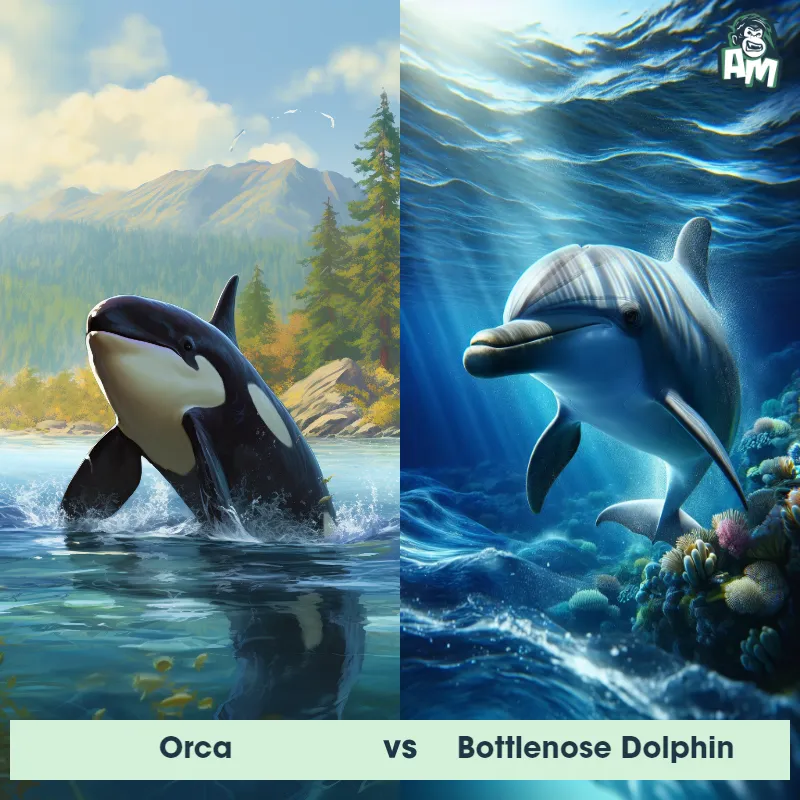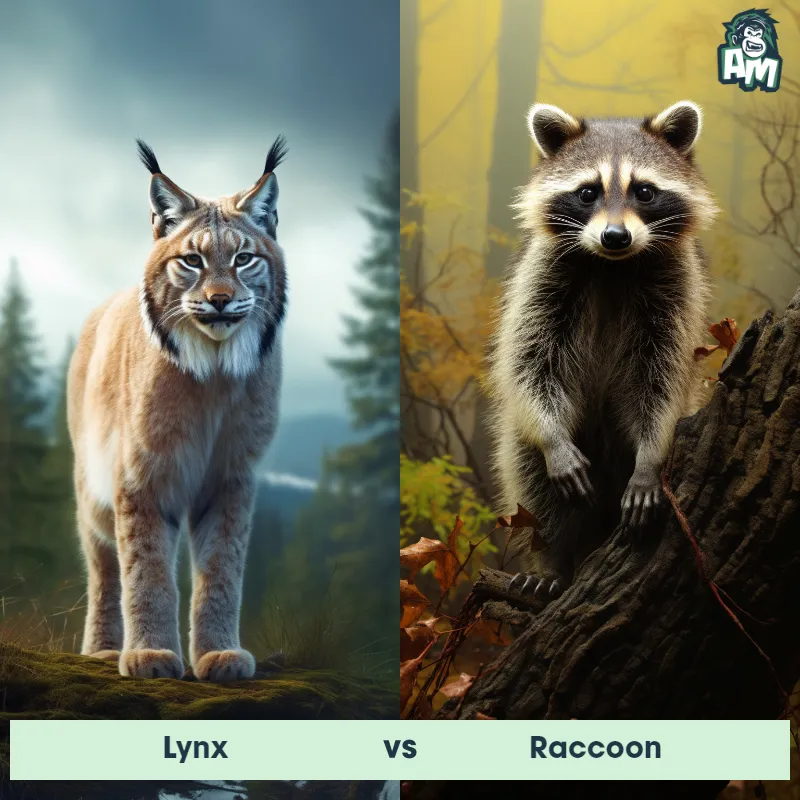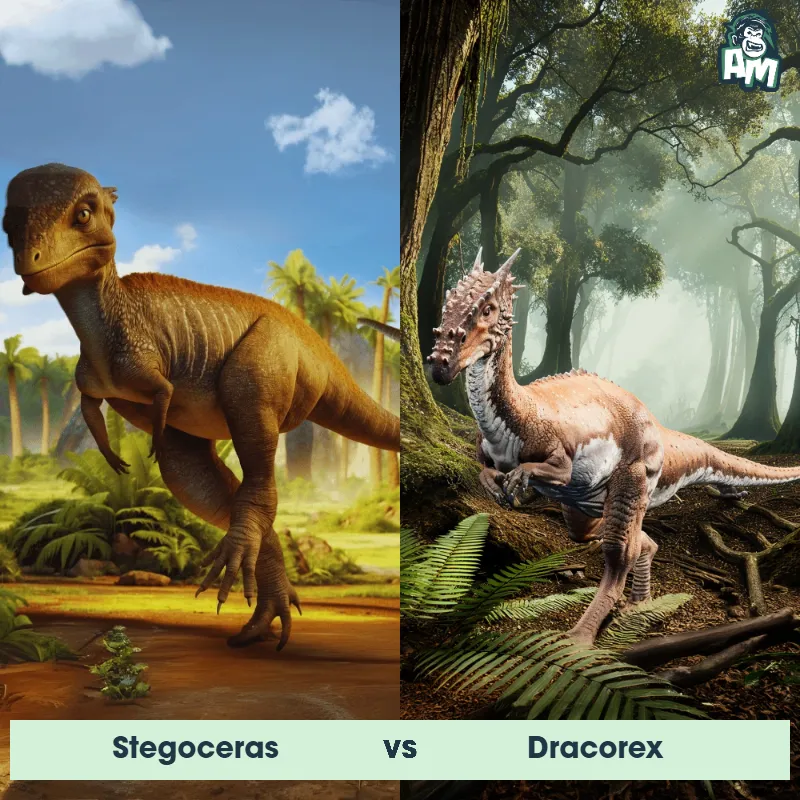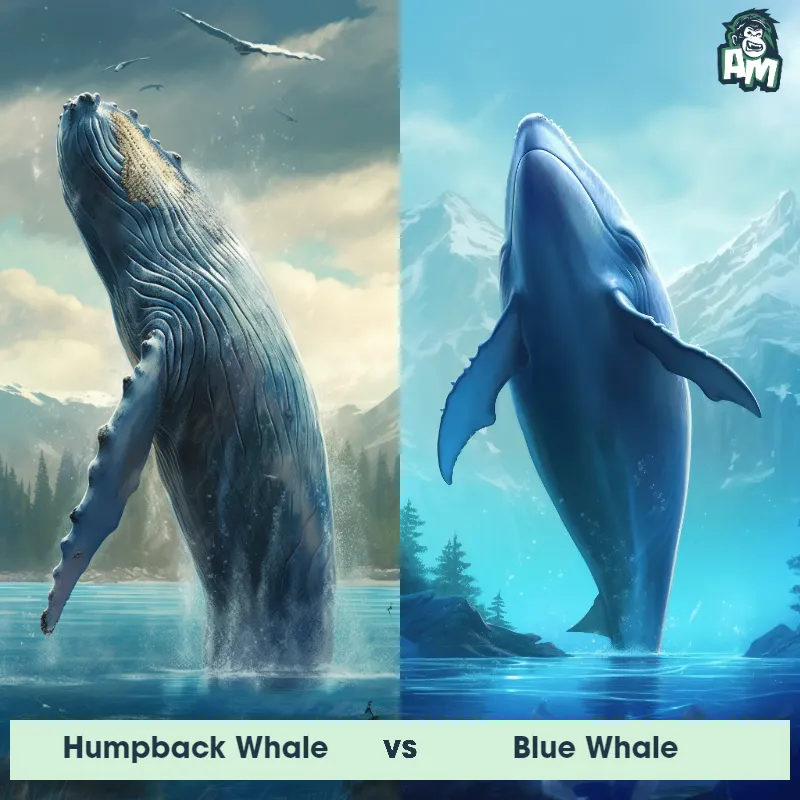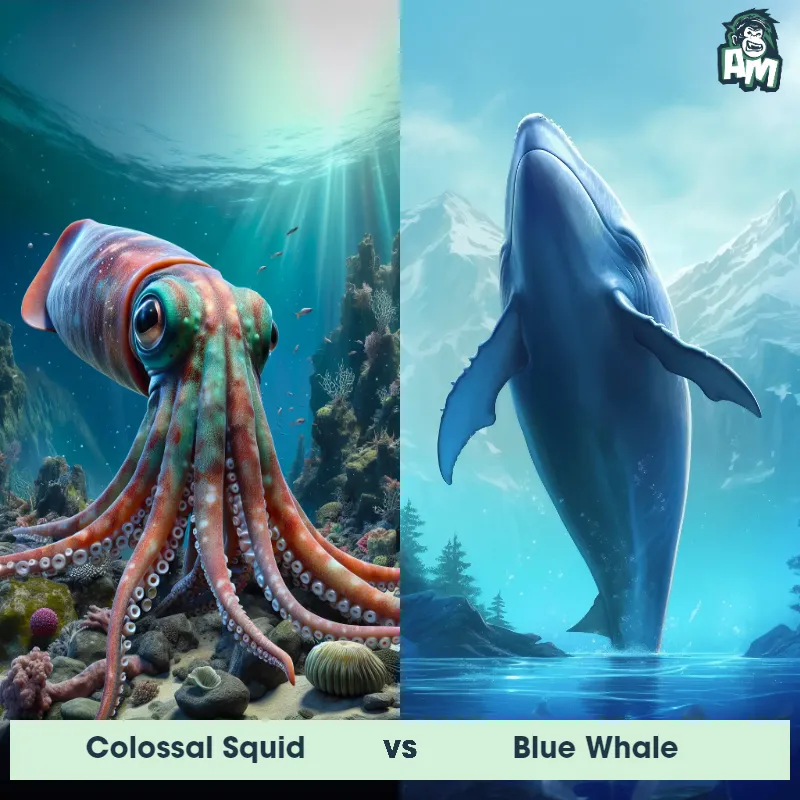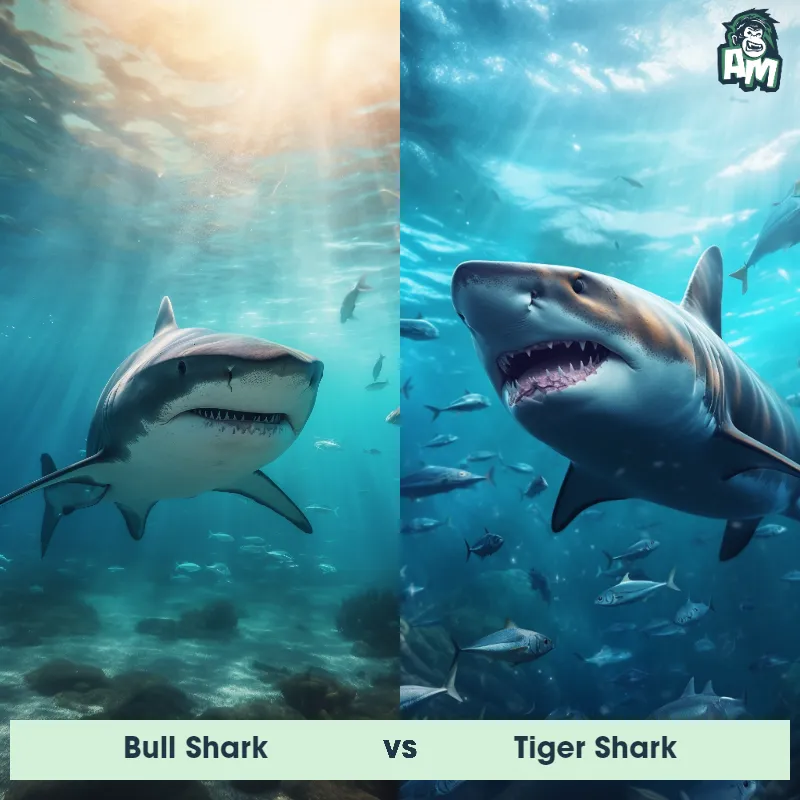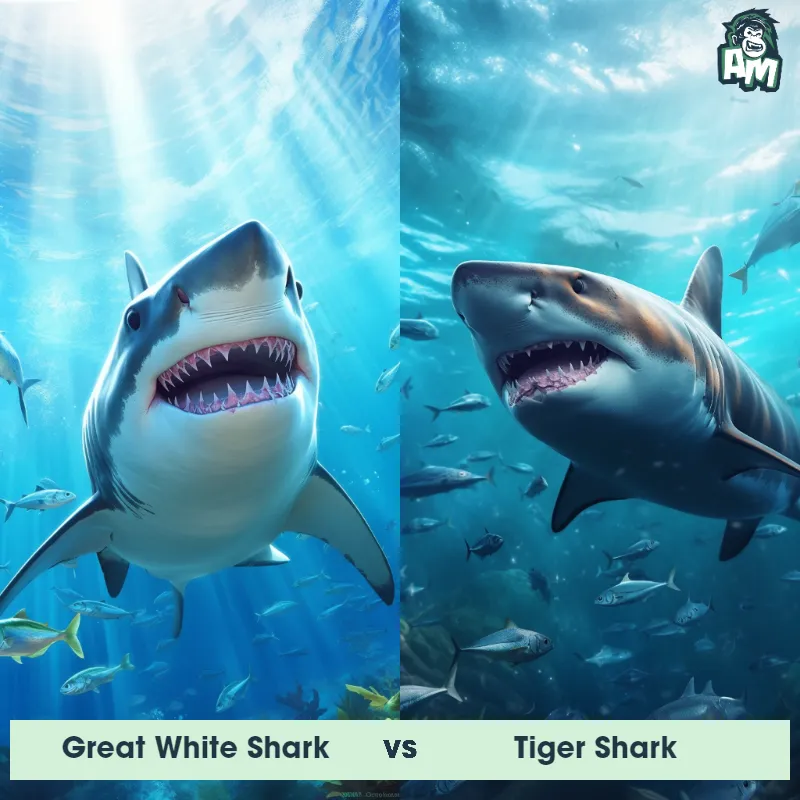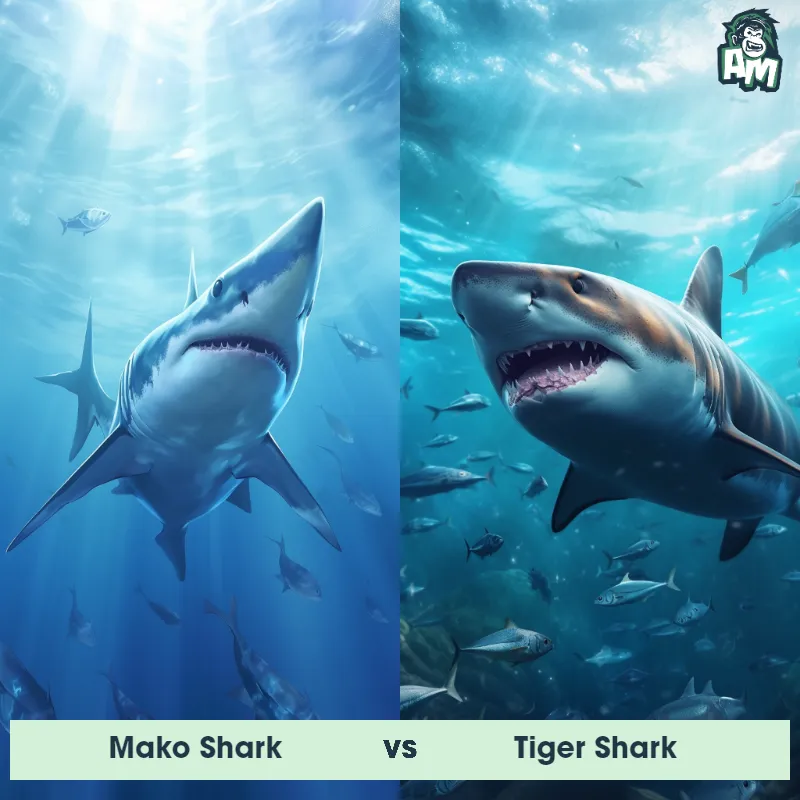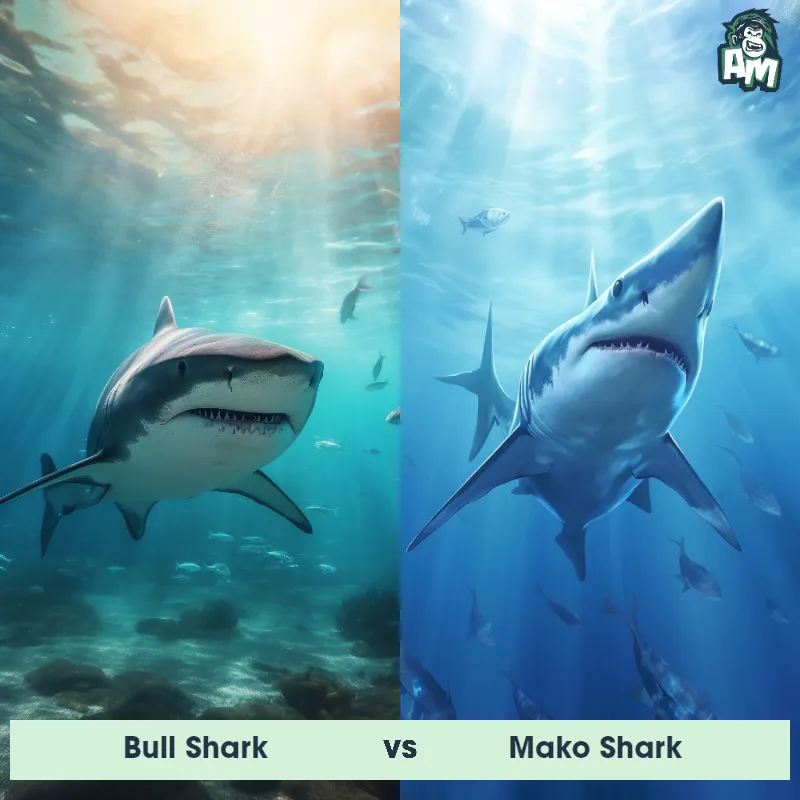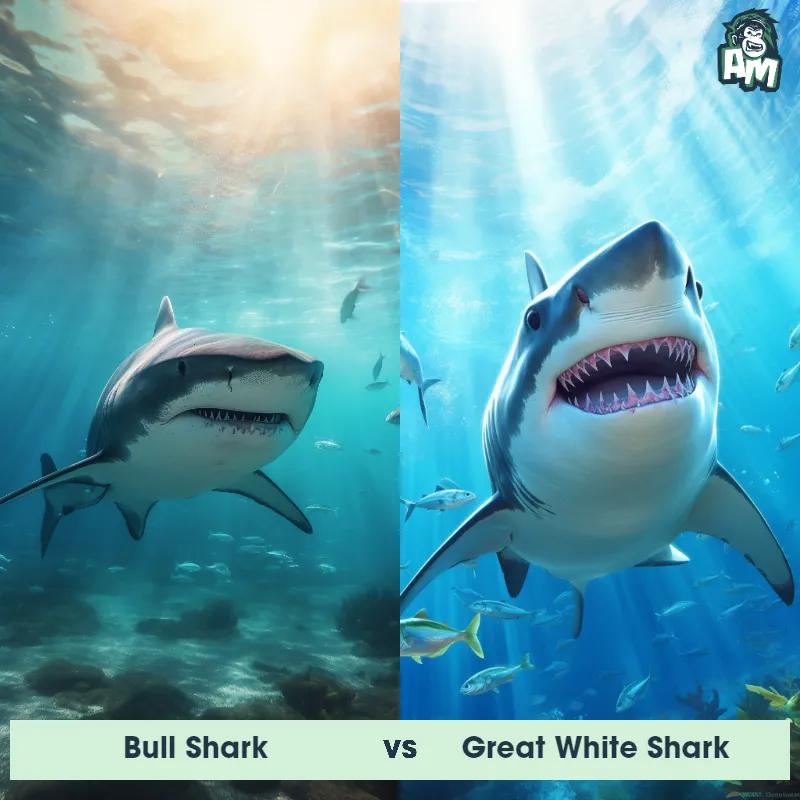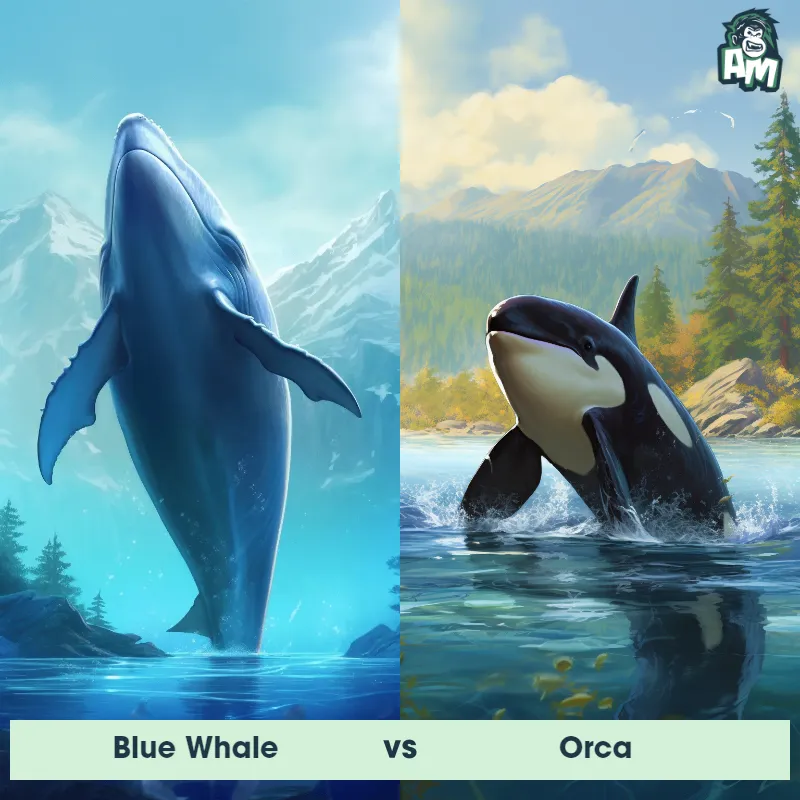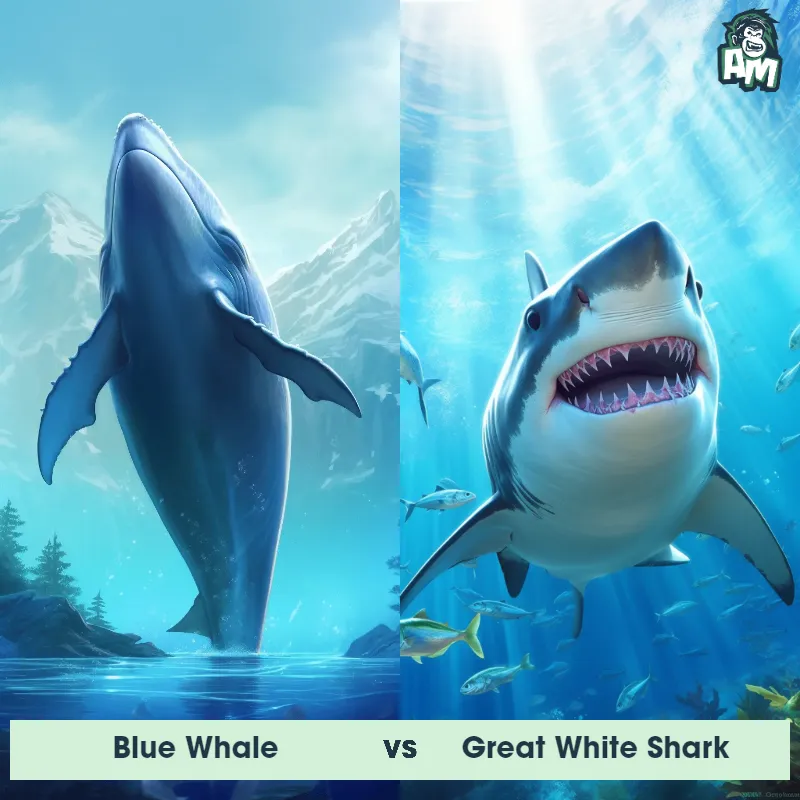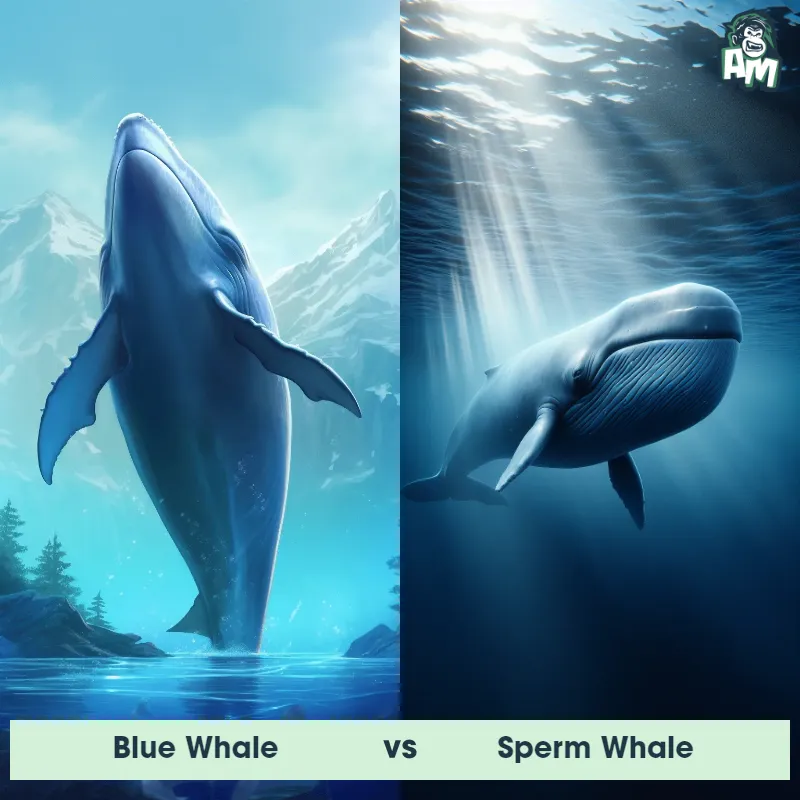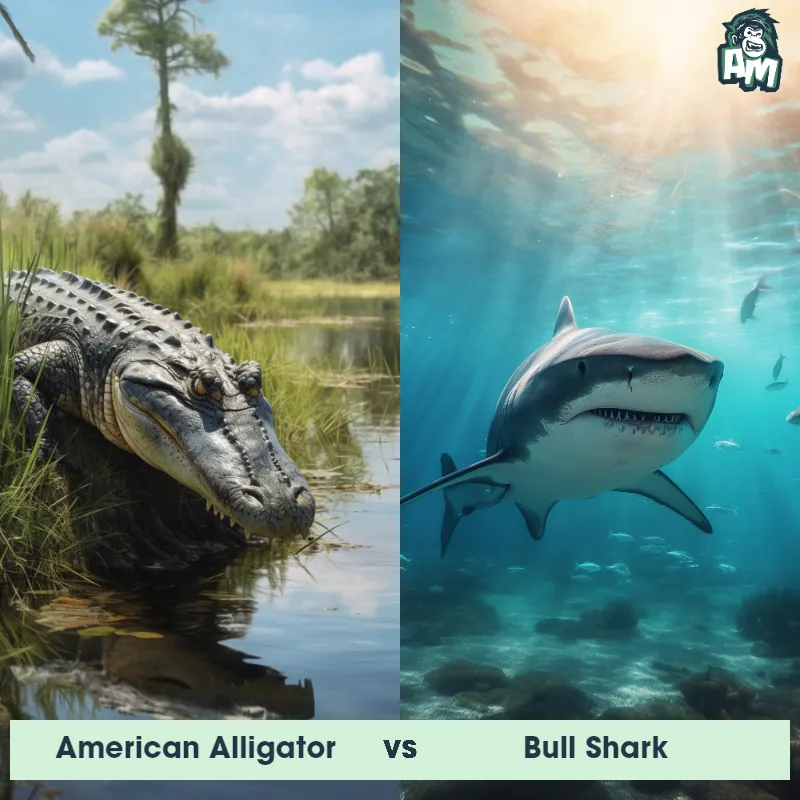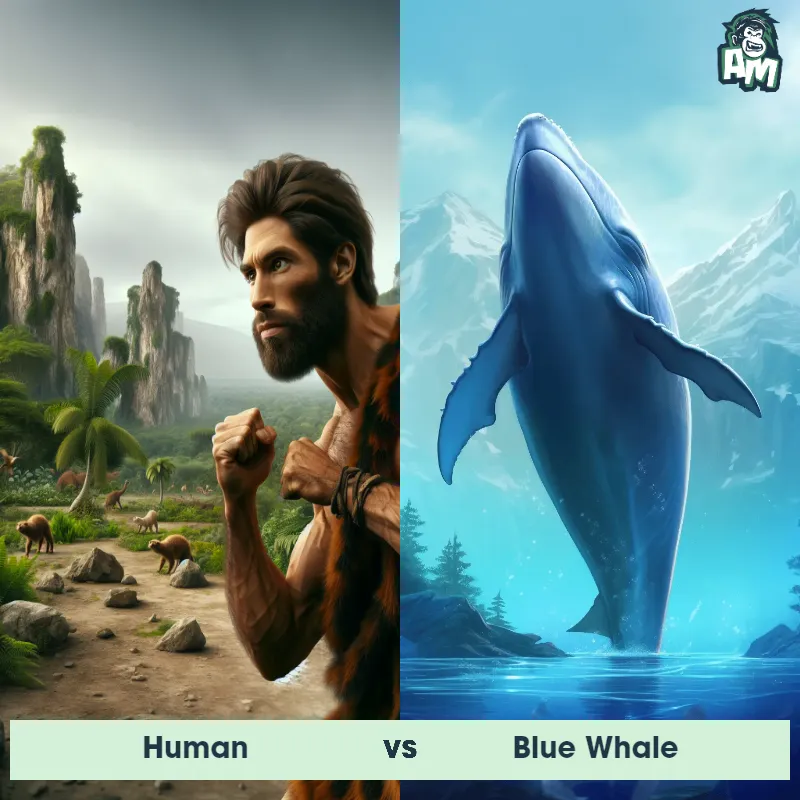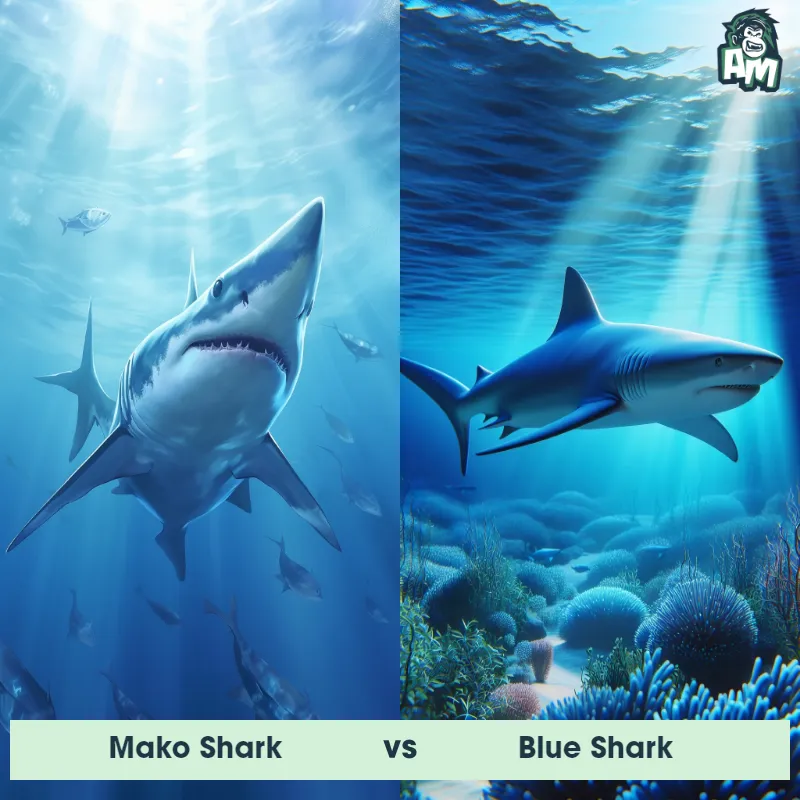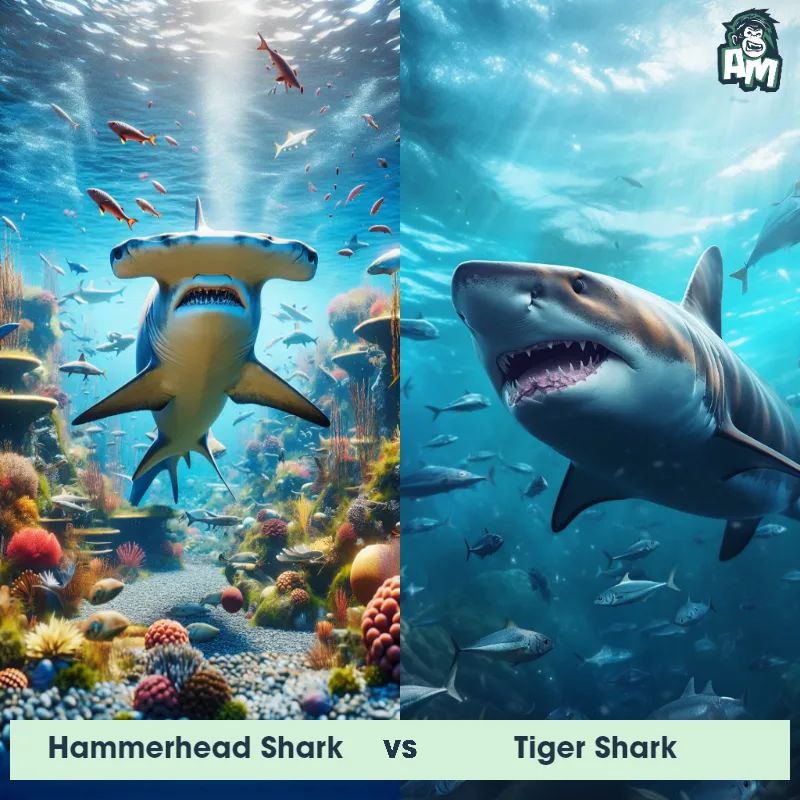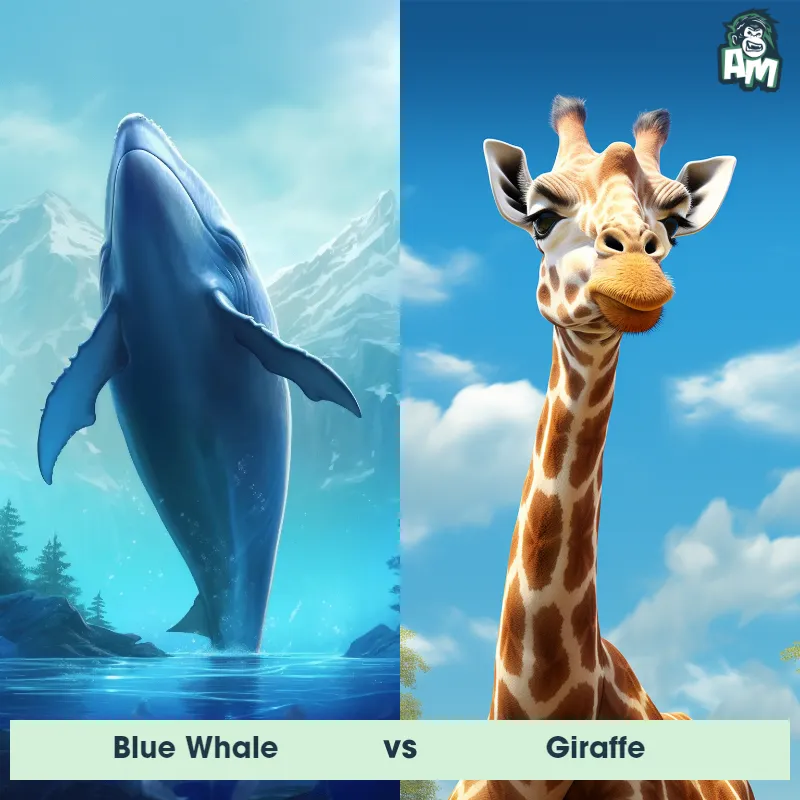Blue Whale vs Blue SharkSee Who Wins
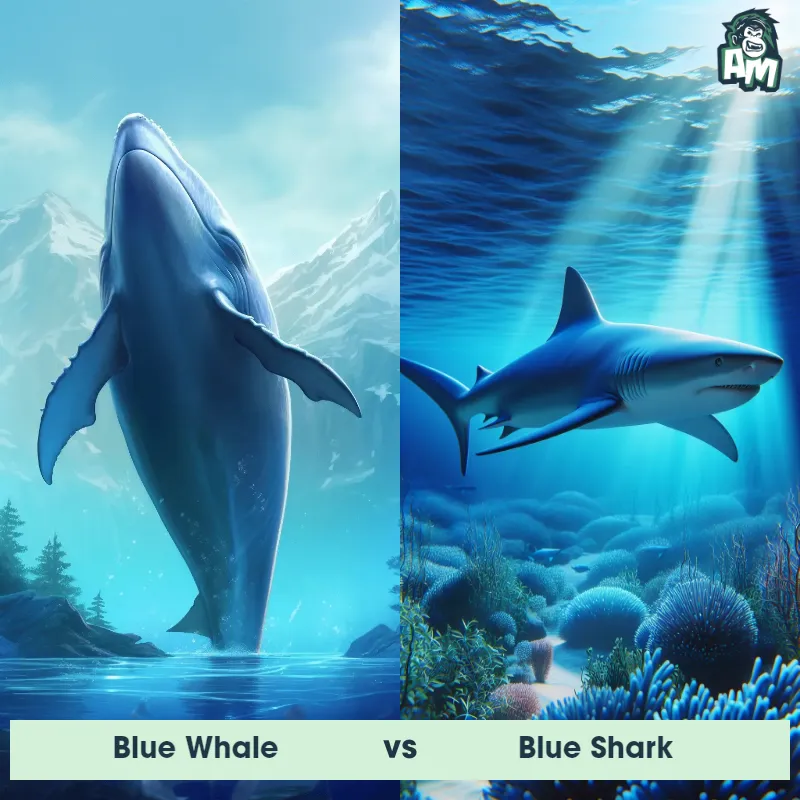
Ladies and gentlemen, welcome to this epic clash of giants here at our magnificent venue! Today, we have a thrilling matchup between a Blue Whale and a Blue Shark. These awe-inspiring creatures, both masters of their aquatic domain, are about to engage in a fierce battle. So, buckle up and get ready for an oceanic spectacle unlike any other!
Contender 1: Blue Whale
The Blue Whale, also known as Balaenoptera musculus, is the largest animal on Earth, reaching lengths of up to 100 feet and weighing up to 200 tons. They have a long, streamlined body with a bluish-gray color and a small dorsal fin. Their diet consists mainly of krill, which they filter through their baleen plates. Blue Whales are known for their loud, low-frequency vocalizations, which can be heard for hundreds of miles.
Fun Fact: Blue Whales have the largest heart of any animal, weighing up to 1,000 pounds and being the size of a small car.
Contender 2: Blue Shark
The Blue Shark, also known as Prionace glauca, is a species of mackerel shark that can be found in various oceans around the world. These sharks are known for their slender yet streamlined bodies, enabling them to swim swiftly through the water. They have long, pointed snouts and large, dark eyes. Their bodies are primarily blue in color, hence the name, and they have a white underbelly. Blue Sharks also possess multiple rows of sharp, triangular teeth used for capturing prey. They are known to be highly migratory, often traversing long distances in search of food.
![[object Object] Gif](https://tenor.com/view/blue-shark-boop-gif-4331805278509584479.gif)
Fun Fact: Blue Sharks are known for their impressive hunting abilities, as they can detect even the faintest electrical signals given off by their prey using specialized pores called ampullae of Lorenzini, which are present on their heads. This remarkable electroreception sense allows them to locate their prey even in dark or murky waters.
Matchup Stats
| Blue Whale | Blue Shark | |
|---|---|---|
| Size | Up to 100 feet (30.5 meters) | Up to 12 feet (3.8 meters) |
| Weight | Up to 200 tons (181 metric tons) | Up to 400 pounds (180 kilograms) |
| Speed | Speed: 20 mph (32.19 km/hr) | 25 mph (40 km/h) |
| Key Strength | None | Strong swimming and agility |
| Biggest Weakness | Slow movement | Relatively timid and avoids confrontation |
Current Votes
Blue Whale vs Blue Shark
See Who Wins
View More Matches
Looking For More?
Similar Matches
Scientific Stats
| Blue Whale | Blue Shark | |
|---|---|---|
| Scientific Name | Balaenoptera musculus | Prionace glauca |
| Family | Balaenopteridae | Carcharhinidae |
| Habitat | Open ocean | Open ocean |
| Geography | Worldwide | Various oceans worldwide |
| Diet | Krill | Feeds on fish, squid, and other marine animals |
| Lifespan | 80 years - 90 years | 20 years - 30 years |
Key Differences between Blue Whale and Blue Shark
- Coloration: Blue Whales have a bluish-gray color with pale or white undersides, often showing mottled patterns, whereas Blue Sharks have a vivid, deep blue coloration on their upper bodies that fades to light gray on their undersides.
- Dorsal Fin: The Blue Whale possesses a tall, sickle-shaped dorsal fin located near the end of its body, reaching up to 30 feet in height, while the Blue Shark has a lower, more traditional, triangular dorsal fin positioned towards the middle of its back.
- Shape: Blue Whales have a streamlined, elongated body with a flat, wide, and U-shaped head, while Blue Sharks have a sleek, torpedo-like shape with a pointed snout and slender body.
- Size: The Blue Whale is the largest animal on Earth, growing up to 100 feet in length, while the Blue Shark is considerably smaller, typically measuring around 7-10 feet in length.
- Tail Shape: Blue Whales possess a broad, flat, and horizontal tail fluke with distinct notches on the trailing edge, enabling them to engage in powerful up-and-down movements, while Blue Sharks have a slender, crescent-shaped caudal fin that allows for agile swimming and maneuverability.
- Skin Texture: Blue Whales have smooth, almost rubbery skin, often displaying rough patches from barnacles and scars, while Blue Sharks have a rough, sandpaper-like skin covered in tiny dermal denticles.



